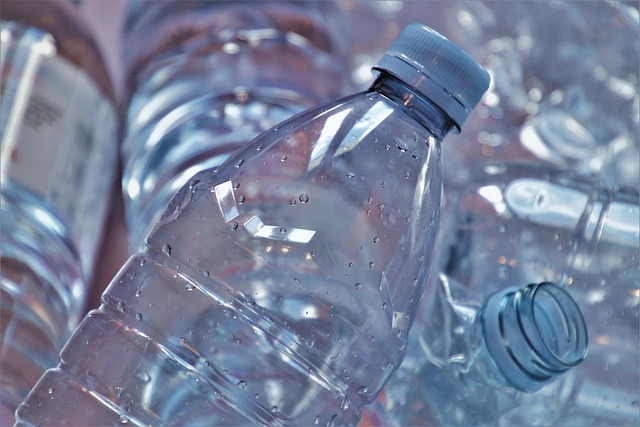Working with charities and reuse centres during a residential clear-out
When clearing a home, collaborating with charities and reuse centres can reduce waste, support communities, and simplify logistics. This article outlines practical steps for inventory, valuation, donation selection, transport arrangements, and sustainability options to help you plan an effective clear-out.

Clearing a residence often involves more than removing unwanted items: it requires thoughtful decisions about what can be donated, recycled, repaired, or responsibly disposed of. Working with local charities and reuse centres can turn a large clear-out into an opportunity for donation, upcycling, and reduced waste while addressing estate priorities and transport logistics. This guide explains how to prepare an inventory, assess value, coordinate with organisations, and manage the practicalities of transport, insurance and sustainability throughout the process.
How to approach decluttering and inventory
Begin by creating a clear inventory of rooms, major items, and smaller belongings. Label boxes and photograph contents so charities and reuse centres can quickly assess suitability. Prioritise items that are in good, clean condition—furniture with structural soundness, functioning appliances, textiles without stains, and intact household goods are easier to place for donation or resale. For sentimental or high-volume estates, consider room-by-room lists to track donations, items for auction, and waste destined for recycling or disposal. A methodical inventory reduces duplicate trips and supports clearer logistics when arranging collections or drop-offs.
Valuation, estate items, and donation choices
Not every item needs a professional valuation, but notable antiques, artworks, or designer pieces should be appraised if their provenance or worth is uncertain. Charities and reuse centres often accept mid-range furniture, small appliances, books, and clothing but may decline damaged or non-functional goods. Decide which items are suitable for donation, which should go to auction, and which require specialised disposal. Documenting estimated values for donated items can also help with estate records and any necessary tax or probate paperwork.
Working with charities and reuse centres
Contact local services in your area early to understand their acceptance policies, collection schedules, and any paperwork required. Many charities offer collection services for larger donations; reuse centres may have drop-off windows and guidelines for vehicle access. Communicate inventory details so organisations can confirm suitability and prepare staff or volunteers. Clarify whether donations will be offered in charity shops, passed to social projects, or used for materials recovery—this affects how you label and sort items during the clear-out.
Logistics, transport, and waste handling
Plan how items will be moved: small vans and volunteer drivers often suffice for furniture and boxed goods, while bulky or fragile items may require professional transport. Coordinate timing to match charity collection slots and allow space for sorting on-site. For waste that cannot be donated or recycled, arrange for responsible disposal through licensed waste carriers or municipal services. Keep records of transport arrangements, receipts, and any transfer documentation for estate administration and insurance purposes.
Upcycling, recycling, and auction options
When items are too worn for donation but retain usable materials, explore recycling or upcycling routes. Reuse centres sometimes accept items for material recovery or community craft projects. For higher-value items or estate pieces, auctions—online or local—can be an efficient way to realise value; ensure accurate descriptions and provenance where possible. Consider whether community workshops or local makers could upcycle furniture or textiles, supporting sustainability while diverting waste from landfill.
Insurance, pricing insights, and sustainability
Check whether your existing insurance policies cover damage or loss during removal; estate policies and movers’ insurance vary and should be confirmed before transport. While this article does not list specific providers, planning for potential insurance or liability gaps is important when coordinating volunteer drivers or third-party collectors. Pricing for collection and disposal services depends on volume, distance, and required labour; charities may offer free or low-cost collections for suitable donations but often prioritise items that can be resold or reused. Be realistic about the condition and likely market for items to avoid unnecessary transport and additional waste. Sustainability considerations—such as reducing trips, prioritising donation over disposal, and choosing reuse centres that practice material recovery—can lower environmental impact across the clear-out.
Conclusion
Working with charities and reuse centres during a residential clear-out takes planning, clear inventorying, and communication about logistics and item condition. By combining thoughtful valuation, targeted donations, appropriate transport arrangements, and options like upcycling or auctioning for higher-value pieces, you can reduce waste, support community organisations, and streamline estate administration while keeping sustainability and practical constraints in view.






